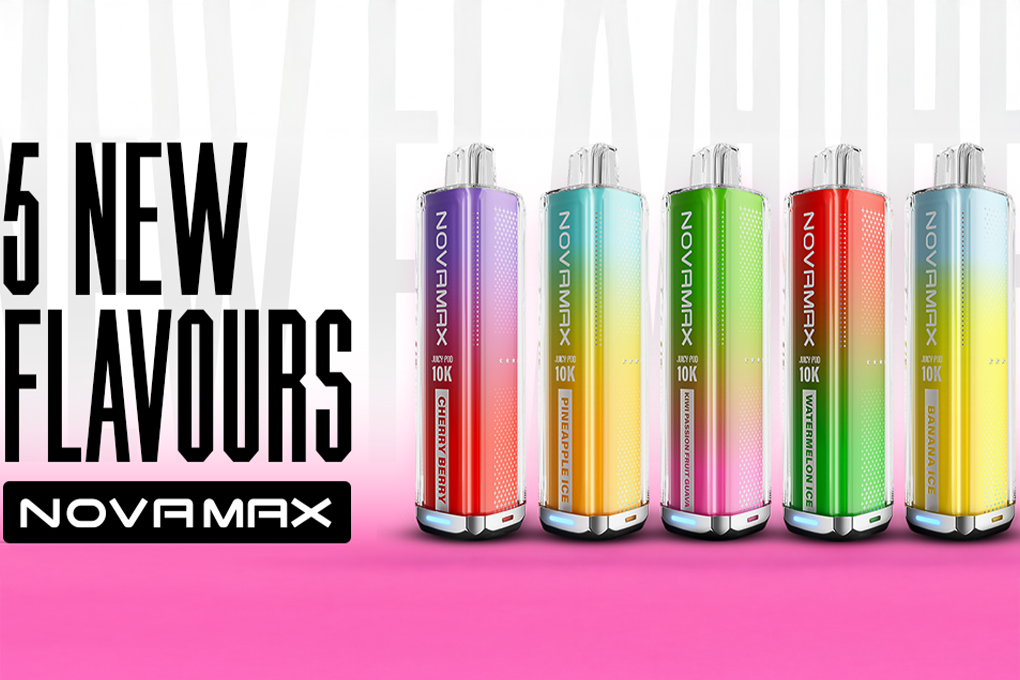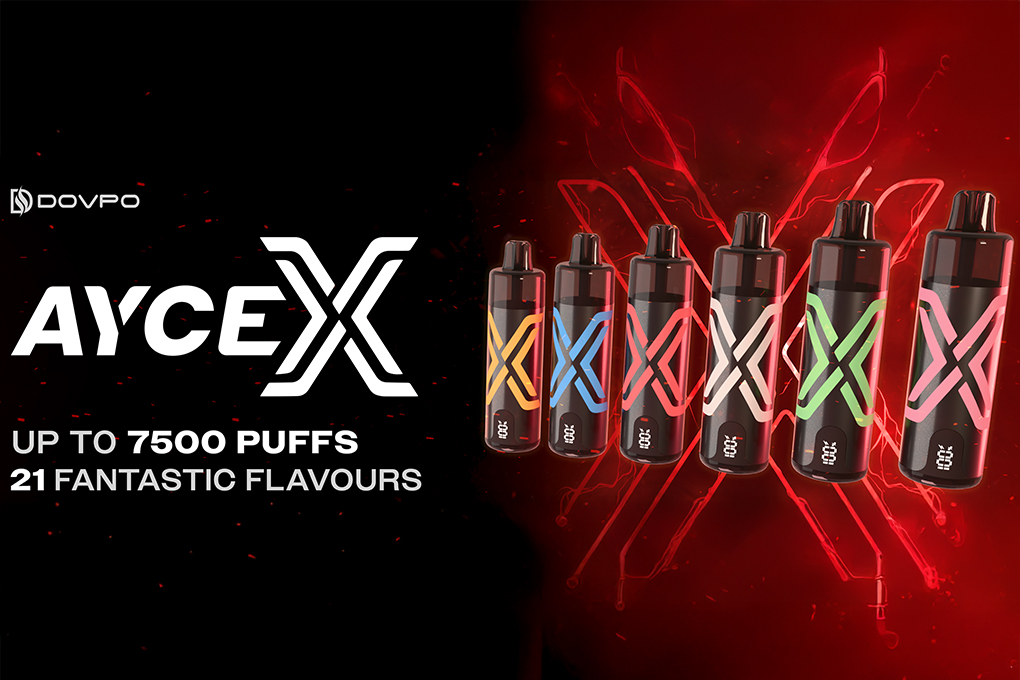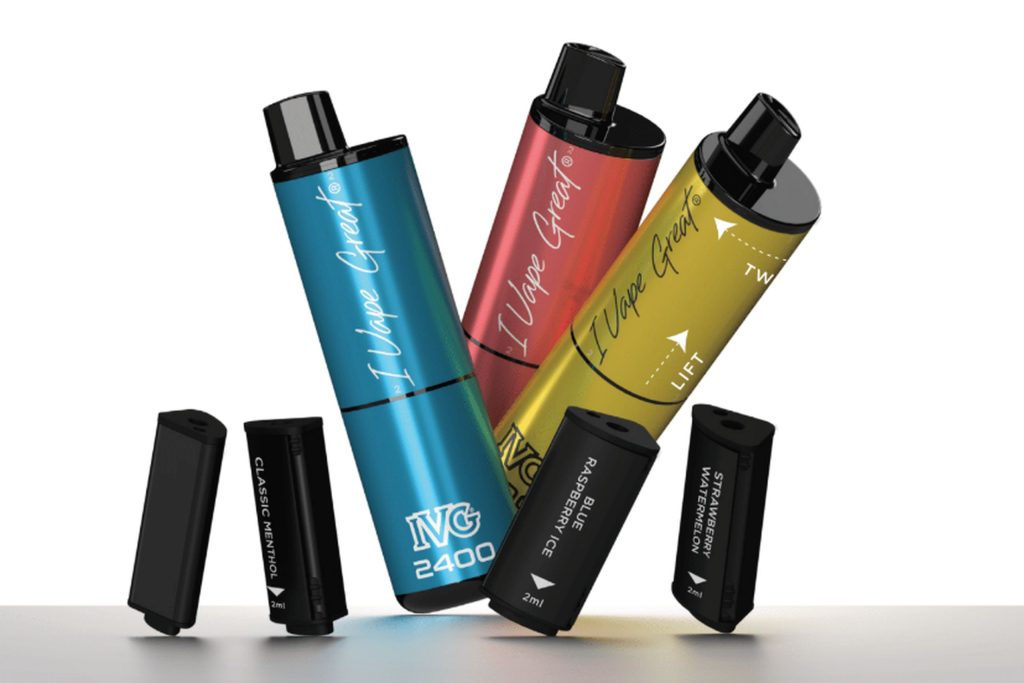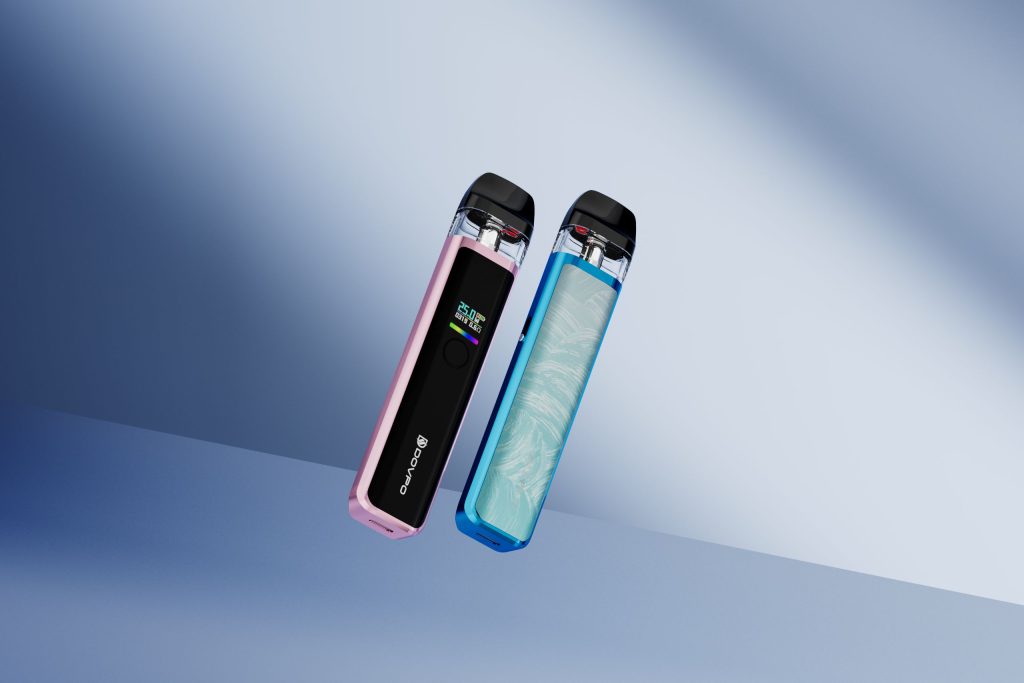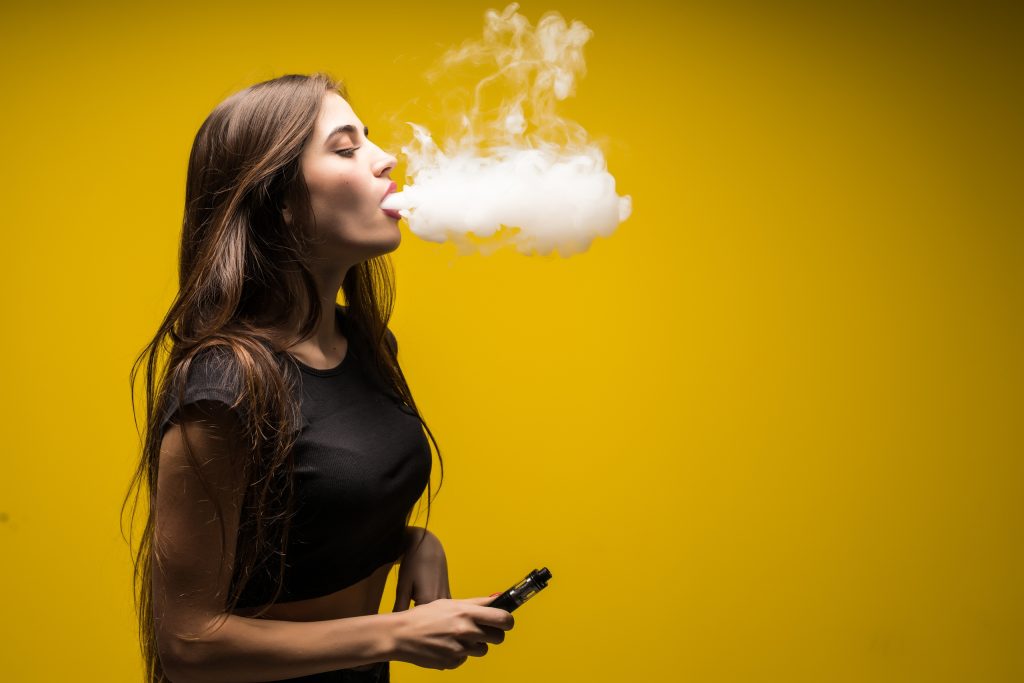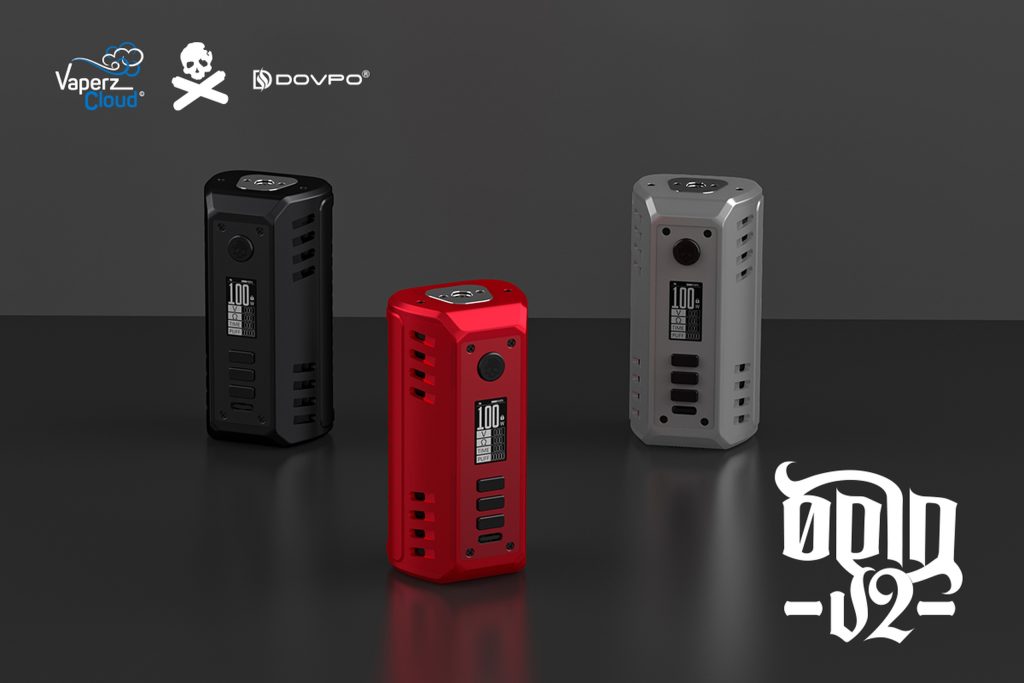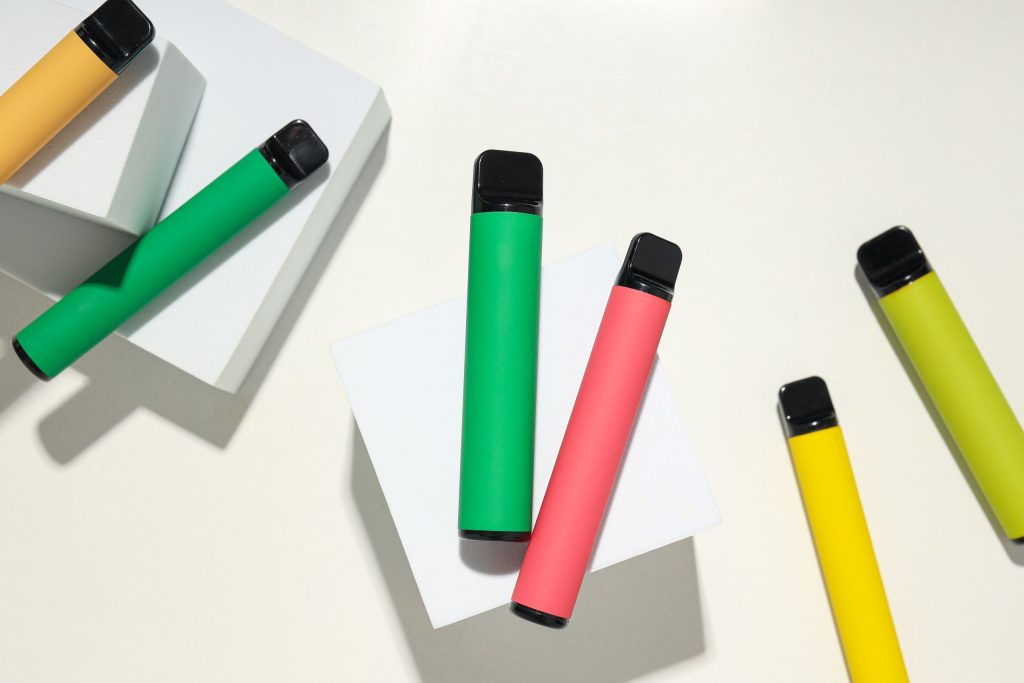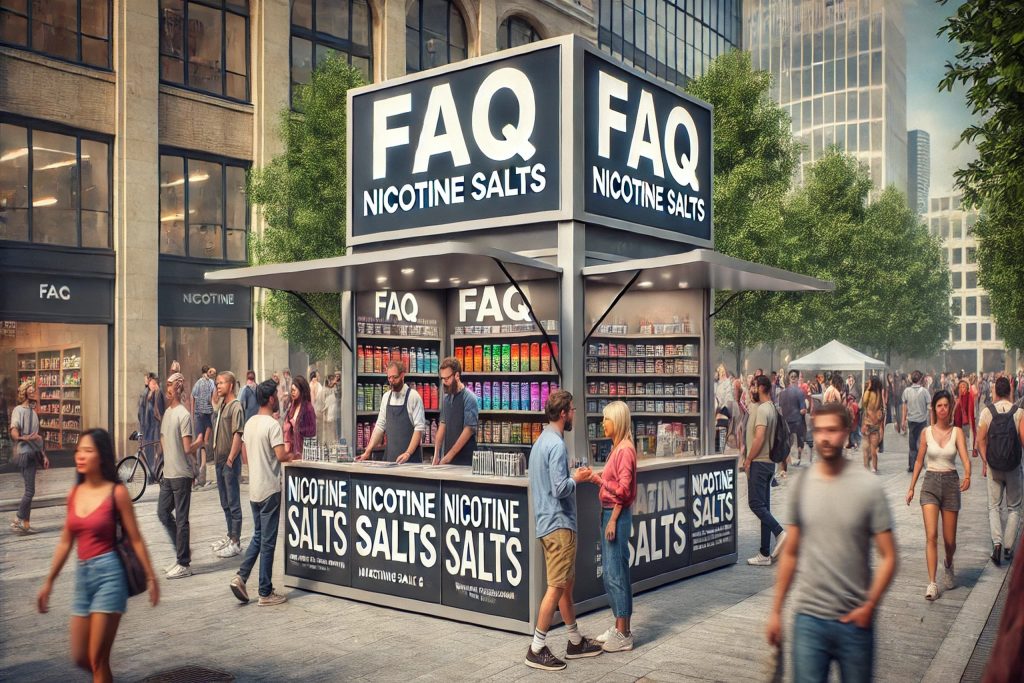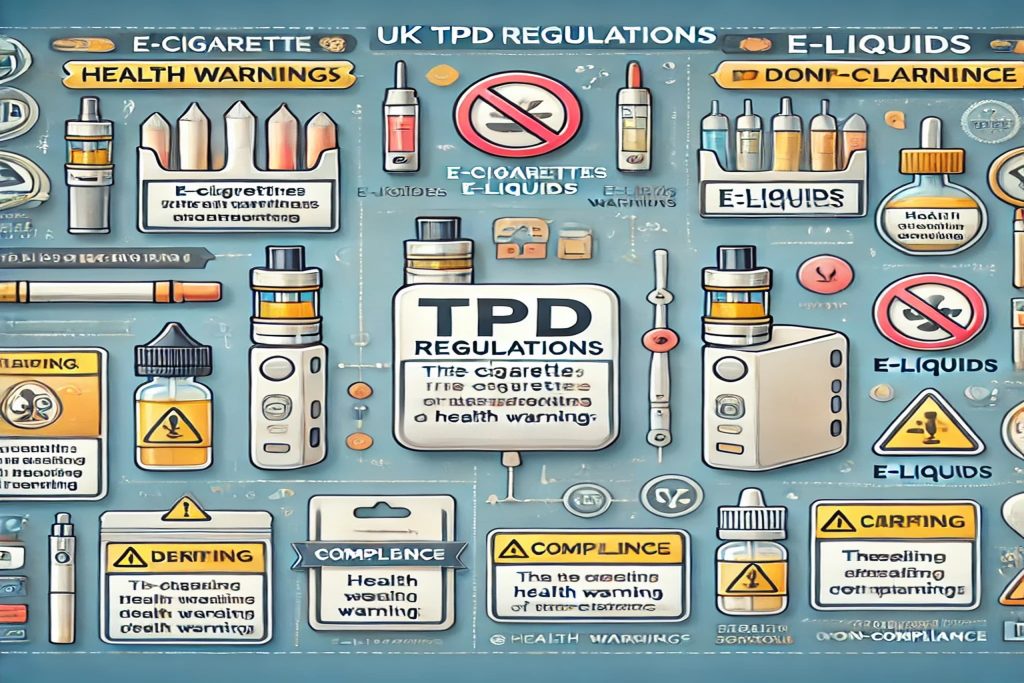Ultimate Juice Blog
MTL or DTL? Understanding Your Vaping Options
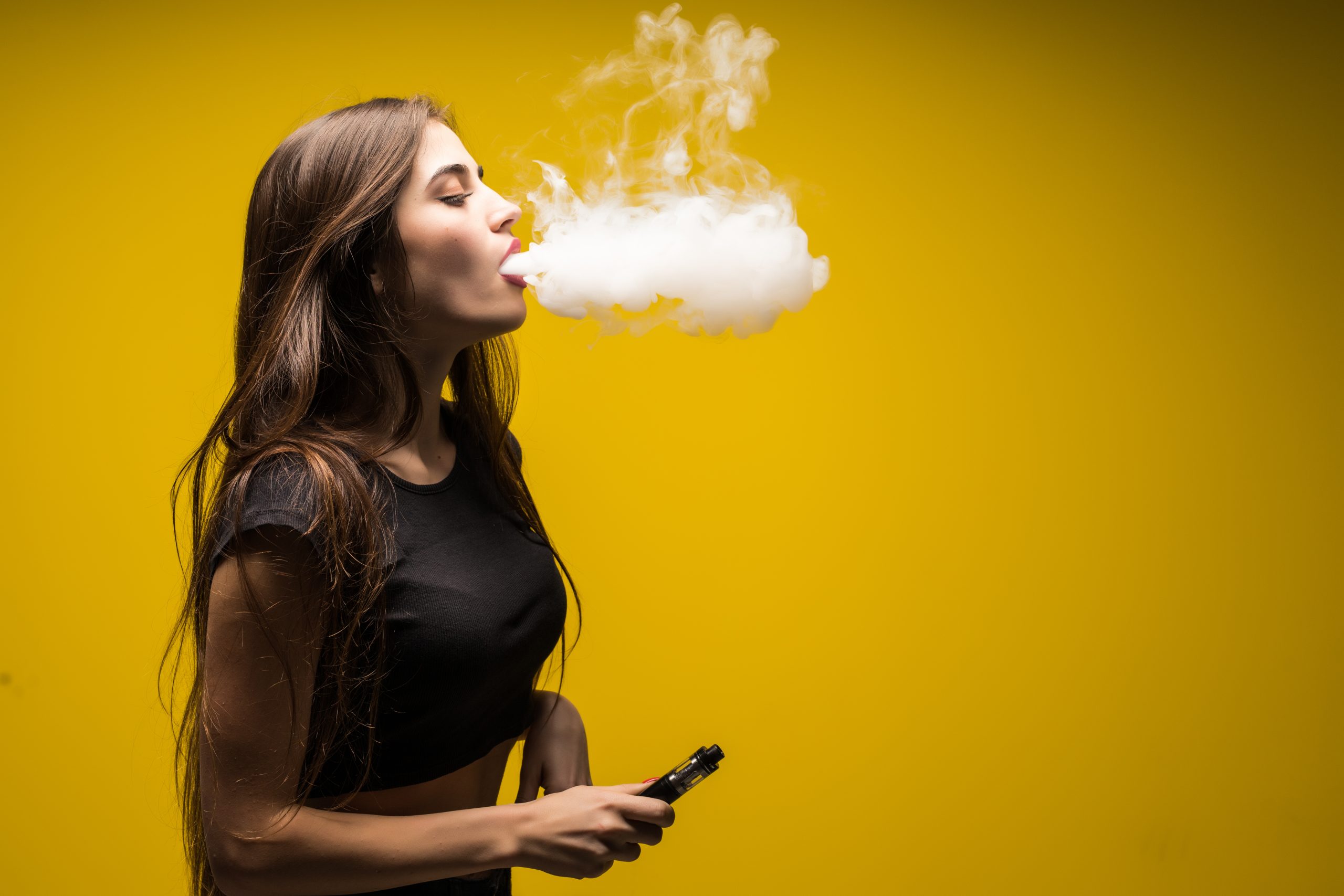
Vaping has evolved significantly since its inception, offering users a variety of techniques to tailor their experience. Two primary methods, mouth to lung (MTL) and direct to lung (DTL) vaping, are widely practiced among vapers. Understanding the differences between these techniques is crucial for selecting the right approach to suit individual preferences. In this article, we’ll explore the intricacies of MTL and DTL vaping. Therefore, helping you navigate the diverse world of vaping with confidence.
Mouth to Lung (MTL) Vaping:
MTL vaping is a technique that mimics the sensation of smoking traditional cigarettes. When using the MTL method, the user draws vapour into their mouth first and then inhales it into their lungs. This approach closely resembles the inhalation process of smoking, making it popular among transitioning smokers and those who prefer a tighter draw.
Key Features of MTL Vaping:
- Tighter Draw: MTL devices typically feature a narrower airflow and higher resistance coils, resulting in a tighter draw similar to that of a cigarette.
- Lower Wattage: MTL vaping is generally performed at lower wattages to achieve the desired throat hit and flavour intensity.
- Nicotine Strength: MTL vapers often use higher nicotine strength e-liquids to satisfy their nicotine cravings effectively.
Advantages of MTL Vaping:
- Simulates Smoking: MTL vaping provides a familiar sensation for former smokers, making it easier to transition to vaping.
- Enhanced Flavour: The slower airflow and higher coil resistance in MTL devices allow for better flavour concentration and a more pronounced throat hit.
- Lower E-liquid Consumption: MTL vaping typically consumes less e-liquid compared to DTL vaping, resulting in cost savings over time.
Direct to Lung (DTL) Vaping:
In contrast to MTL vaping, DTL vaping involves inhaling vapour directly into the lungs without holding it in the mouth first. This technique is favoured by experienced vapers who enjoy larger clouds and a smoother airflow.
Key Features of DTL Vaping:
- Open Airflow: DTL devices are designed with wider airflow systems to facilitate direct lung inhales, allowing for increased vapour production.
- Sub-Ohm Coils: DTL setups often utilise sub-ohm coils that operate at lower resistances and higher wattages. Consequently, producing denser clouds and intense flavour.
- Higher Wattage: DTL vaping typically requires higher wattages to vaporise e-liquid efficiently and produce satisfying clouds.
Advantages of DTL Vaping:
- Cloud Production: DTL vaping is renowned for its impressive cloud production, making it a popular choice among cloud chasers and vape enthusiasts.
- Smooth Inhale: The unrestricted airflow and lower coil resistance in DTL devices result in a smoother inhale, devoid of the throat hit commonly associated with MTL vaping.
- Customisable Experience: DTL vaping allows users to experiment with various e-liquid flavours and cloud-chasing techniques. This then provides a more customisable vaping experience.
Choosing the Right Technique:
Selecting the appropriate vaping technique depends on personal preferences, vaping goals, and experience level. Beginners and transitioning smokers may find MTL vaping more comfortable initially. However, experienced vapers may prefer the increased vapour production and customisation options offered by DTL vaping.
Conclusion:
Mouth to lung (MTL) and direct to lung (DTL) vaping techniques cater to a diverse range of preferences within the vaping community. Whether you’re seeking a familiar smoking experience or aiming to chase clouds, understanding the distinctions between these methods empowers you to make informed decisions and maximise your vaping enjoyment. By exploring the nuances of MTL and DTL vaping, you can embark on a fulfilling vaping journey tailored to your unique tastes and preferences. Enjoyed this article? You can find more of our useful guides on our blog here.
